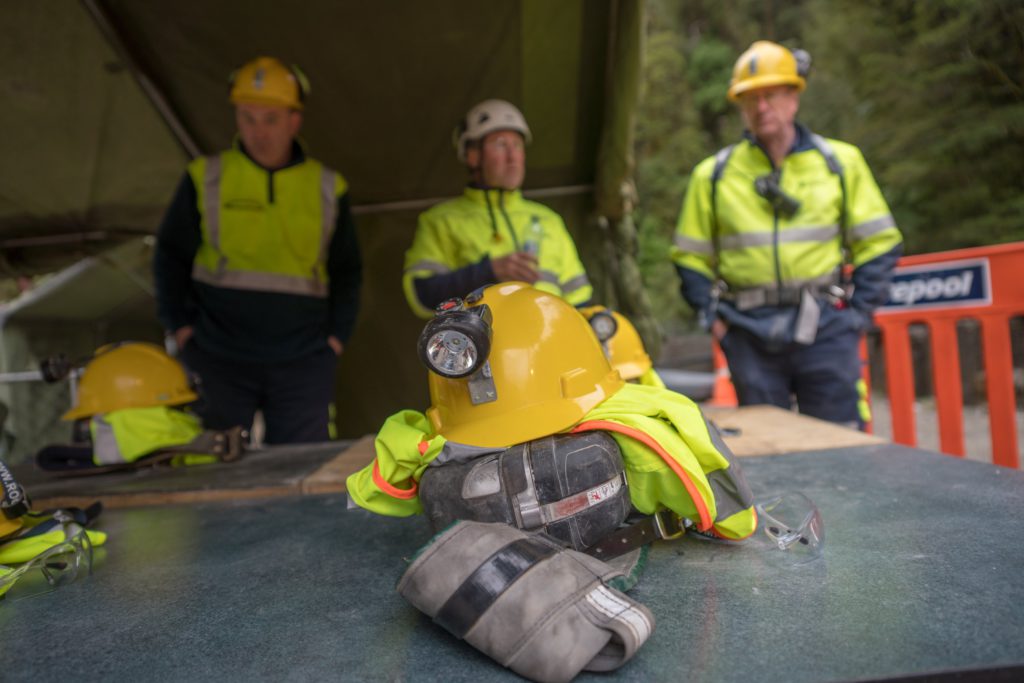
Human remains have been discovered at the site of one of New Zealand’s worst mining disasters more than a decade after the explosion that trapped and killed 29 men.
The remains of two bodies were identified after specialized cameras were fed into the Pike River coal mine through boreholes, police said in a statement Wednesday in Christchurch. The images may also indicate a third body, but because the remains are in the furthest reaches of the mine they will not be able to recover them, police said.
“At this point we have been unable to identify the remains, however we will consult with forensic experts,” Detective Superintendent Peter Read said. “Based on our investigation we believe there were six to eight men working in the area where the remains have been located.”
The men died after a blast on Nov. 19, 2010, at the mine near Greymouth on the west coast of New Zealand’s South Island. A Royal Commission two years later found that a substantial volume of methane gas, which is found naturally in coal, was the immediate cause of the explosion, though the source of ignition was not determined.
The Commission said the workers were trapped and probably died in the first explosion, while blasts over the following five days frustrated efforts to reach them. None of their bodies were recovered.
Families of the men who died have campaigned for their remains to be found and returned to them, with the issue becoming politically contentious.
While the previous government said re-entry was too dangerous, Prime Minister Jacinda Ardern’s administration pledged to re-examine the issue when it came to power in 2017.
However, in February this year the Pike River Recovery Agency said it would abandon plans to recover the bodies after reaching a roof fall some 2 kilometers up the mine’s drift access tunnel.
The borehole drilling progam began in June, enabling digital scanning and photography of the conditions in the mine.
(By Ainsley Thomson)
Comments